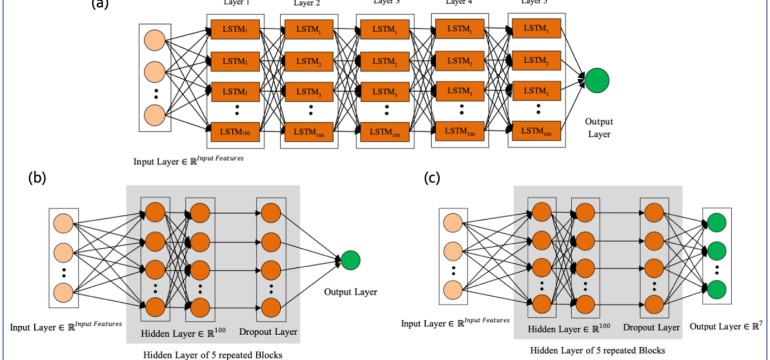Authors: Mahbubunnabi Tamala, Mohammad Marufur Rahmanb, Maryam Alhasimc, Mobarak Al Mulhimd, Mohamed Derichee
Published on: March 28, 2024
Impact Score: 7.6
Arxiv code: Arxiv:2403.19355
Summary
- What is new: This study explores the effectiveness of nine machine and deep learning algorithms with two feature selection methods in predicting COVID-19 outcomes, overcoming the reproducibility and bias issues seen in prior models.
- Why this is important: The challenge in accurately predicting mortality, ICU requirements, and ventilation days for severe COVID-19 patients due to imbalance data.
- What the research proposes: The study utilized a combination of machine and deep learning algorithms with feature selection methods to accurately predict patient outcomes.
- Results: LSTM was found to be the most effective in predicting mortality and ICU requirements with high accuracy and AUC scores. DNN performed the best in predicting ventilation days.
Technical Details
Technological frameworks used: Python with fivefold cross-validation
Models used: LSTM, DNN, and seven other machine and deep learning algorithms
Data used: 122 features with a focus on 10 key ones, including ‘Acute kidney injury during hospitalization’
Potential Impact
Healthcare providers, hospitals, emergency response units, and medical technology companies could benefit or need to adapt based on these findings.
Want to implement this idea in a business?
We have generated a startup concept here: PredictaCare.



Leave a Reply